When it comes to protecting your yacht during docking or rafting up, boat fenders are your first line of defence. A well-selected set of yacht fenders can prevent thousands of pounds’ worth of damage to topsides, gelcoat, and structural components — especially in tidal harbours or busy marinas where movement and contact are inevitable. But not all fenders are created equal. This guide offers a technically grounded overview of fender design, sizing, and best practices for protecting your hull.
What Is a Yacht Fender and Why Does It Matter?
Yacht fenders (sometimes called boat fenders or bumpers) are shock-absorbing devices that prevent damage when a boat comes into contact with a dock, wall, or another vessel. Acting as compressible barriers, they absorb kinetic energy and spread the load across a wider area of the hull.
Yacht fenders are a critical part of any mooring arrangement — not just an accessory — and their effectiveness is directly tied to correct sizing, quantity, and placement.
Types of Yacht Fenders
There are several common types of fenders, each with specific advantages depending on hull shape, mooring environment, and storage constraints.
The most common format, cylindrical fenders are hung vertically (or occasionally horizontally) along the hull. Available in single-eye or double-eye configurations, they are simple to deploy and adjust.
Best for: Marina berthing, rafting alongside.
Sizes: Diameters typically range from 15cm to 40cm.
With greater volume and energy absorption at a single point, ball fenders are often used at bow or stern corners where hull curvature increases and point loading is a risk.
Best for: High-impact zones, Med-style mooring.
Sizes: 20cm to 60cm+ diameter.
These wide-profile fenders provide stable contact with docks, pilings, or other boats. Available in both foam-filled and inflatable versions, they’re valued for their anti-roll characteristics and ease of stowage in tight lockers.
Best for: Irregular surfaces, limited storage space.
Yacht Fender Materials: Pros and Cons
Material choice affects performance, weight, durability, and maintenance requirements.
- Rotomoulded PVC: The standard across most yachts, these air-filled fenders are UV-resistant and easily adjustable. Cost-effective and widely available.
- Foam-Filled: Resistant to deformation and puncture, making them ideal for commercial or heavy-use scenarios. Heavier and more expensive than PVC.
- Inflatable Fabric: Drop-stitch or reinforced PVC designs offer large fender volumes with minimal storage footprint. Common on larger yachts or racing boats, though they require careful handling and inflation discipline.
How Many Yacht Fenders Do You Need?
A good rule of thumb is one yacht fender per 2.5–3m of waterline length, with a minimum of three. Always carry a few spares — particularly larger ones — for use in surge-prone moorings or unfamiliar berths.
Example: A 12m yacht should carry 4–5 standard yacht fenders, plus one or two oversized options for added protection when rafting or exposed.
Yacht Fender Sizing Guide: Getting It Right
Fender size should match the mass and freeboard of your yacht. For cylindrical fenders, a typical sizing guide is:
Boat Length | Fender Diameter |
6–9m | 15–20cm |
9–12m | 20–25cm |
12–15m | 25–30cm |
15–18m | 30–35cm |
Spherical fenders should be selected at least one size up relative to cylindrical equivalents.
Yacht Fender Accessories That Matter
Use dedicated fender lines — ideally spliced rather than knotted — for secure and chafe-free attachment. Adjustable snap hooks or clips are helpful for rapid height changes.
Fender Lines
Covers are a worthwhile investment. They reduce hull scuffing, eliminate squeaking, and shield fenders from UV degradation. Essential for yachts with painted or dark topsides, and recommended for all long-term mooring.
Fender Covers
Conclusion on Yacht Fenders
Correct fendering isn’t just about avoiding cosmetic damage — it’s fundamental to protecting structural integrity, particularly on modern hulls with thin laminates or high-gloss finishes. Choosing the right yacht fenders, in the right sizes, with the right accessories, is a critical part of responsible seamanship.
Explore our range of yacht fenders, fender lines, and fender covers — selected for performance, durability, and suitability across a wide range of yacht types. Need help specifying your setup? Feel free to contact us, our team is here to assist.
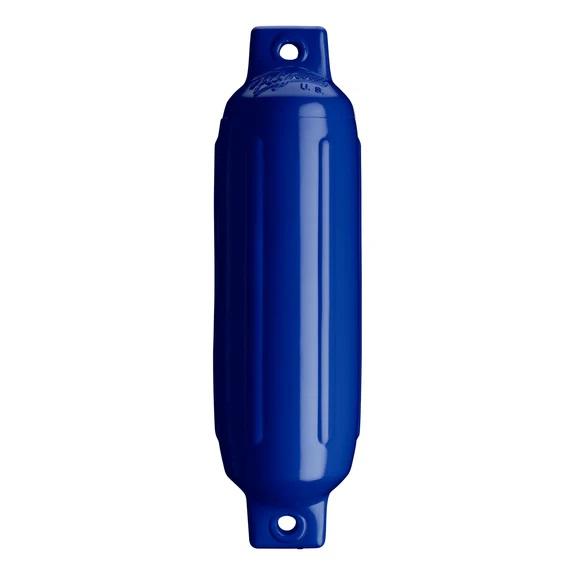
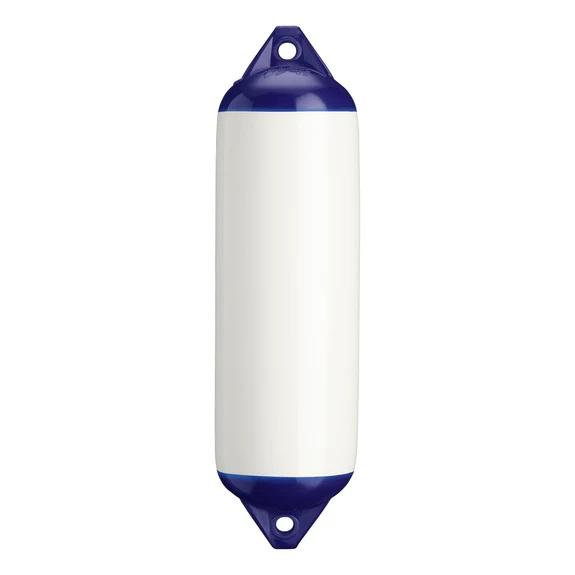
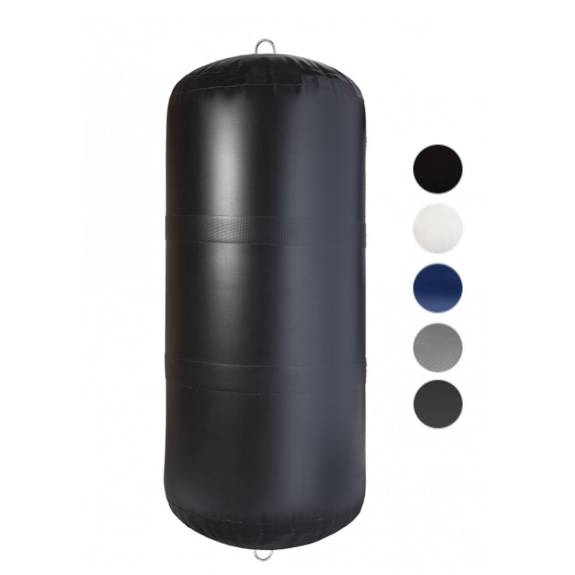
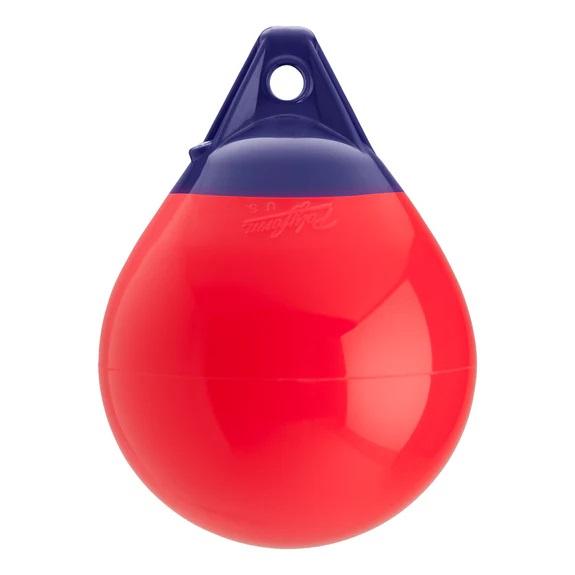
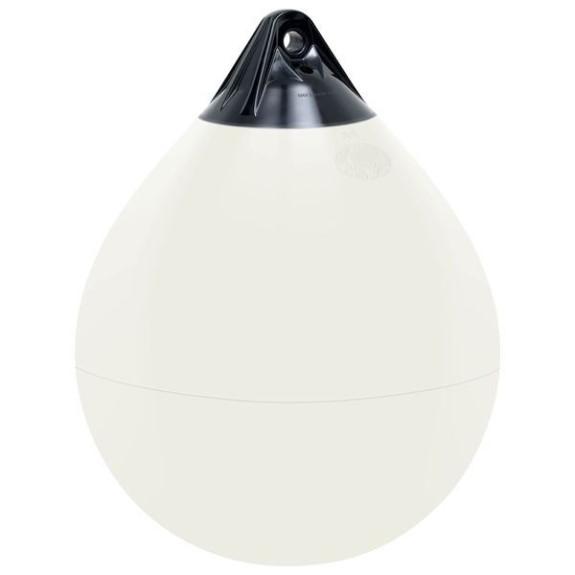
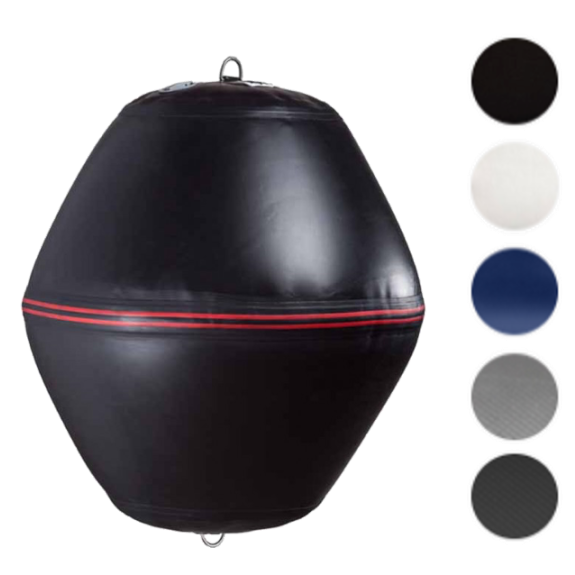
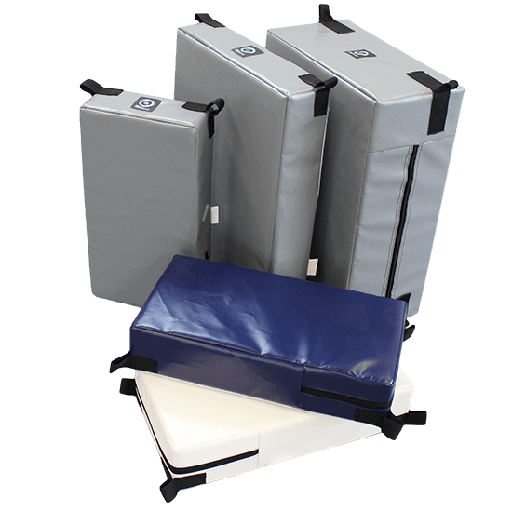
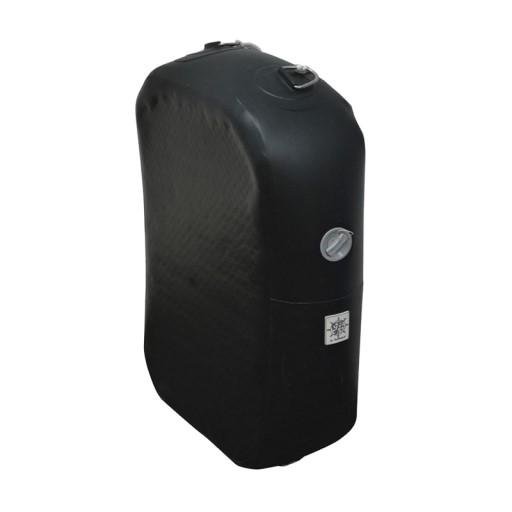
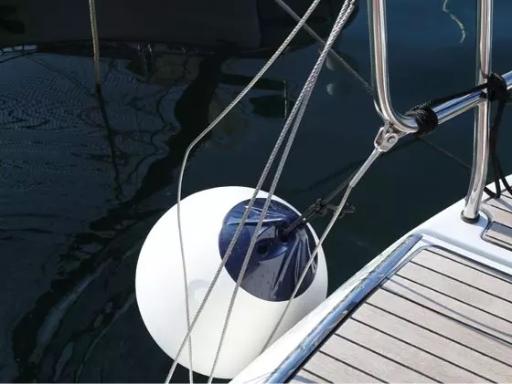



Yacht Fenders: Essential Protection for Your Hull